Mental Health & Addiction Intervention
“My father was a heroin addict from the time I was conceived and ended up dying from his addiction. The underlying cause was untreated mental illness.”
“When you don’t have support, you have to find ways to deal with it. For me it was music that got me through a lot of difficult times.”
- Francis, Hatcher Pass
Overview
The Mental Health & Addiction Intervention area of Trust work is focused on the full continuum of care, from prevention and early intervention to treatment and recovery for Trust beneficiaries across the lifespan. This focus area aims to serve and support all beneficiaries, particularly Alaskans living with Serious Mental Illness (SMI), Serious Emotional Disturbances, any Mental Illness, and dependency and/or misuse of alcohol and/or substances. A wide range of partners and stakeholders is required and necessary to address this work and to develop effective strategies that may be mutually supported through leveraged funding and effort. Planning and engagement at a system-wide level ensures positive impacts across the lifespan of beneficiaries, improved health outcomes, and increased quality of life.
The prevalence rates and negative consequences of alcohol and substance use experienced by Alaskans are substantial. Substance use disorders constitute the largest preventable and one of the most costly health problems in the U.S. The long-term negative health effects of excessive alcohol and drug use among Alaskans are linked to a number of negative social, health, and environmental consequences. According to a May 2018 State of Alaska Epidemiology report on Health Impacts of Alcohol Misuse in Alaska, 7.6% of all emergency medical transports in Alaska were attributed to alcohol consumption, and the child welfare system and criminal justice systems are substantially over-represented with alcohol and drug-related impacts. Almost half of Alaska children in out-of-home placements were connected to homes with parental alcohol abuse, and between 2006 and 2016, roughly 18% of all criminal justice convictions were attributable to alcohol. [1]
The economic cost of drug and alcohol misuse in Alaska is upwards of $3.5 billion annually, per the 2019 Update to the Economic Cost of Drug Misuse in Alaska. [2], [3].
Access to Treatment
Access to treatment is of considerable concern to the Trust and our partners. While most individuals with substance use disorders do not enter a formal drug and alcohol treatment program, we want to ensure our state has statewide capacity and availability of treatment when an individual is ready for it. The needs of Alaskans and the capacity of the behavioral health system to meet those needs have evolved over the years. They will continue to do so with statewide reforms underway which include a redesign of our current behavioral health system of care, including the implementation of a 1115 Behavioral Health Waiver.[4]
The Trust is also committed to ensuring beneficiaries experiencing mental health crises have someone to call, someone to respond and somewhere to go in the least-restrictive setting in their community of choice. To learn more about the statewide efforts to improve behavioral health crisis response (e.g., Crisis Now), read more here.
Alignment with the Comprehensive Mental Health Program Plan
The work of the Trust aligns with Strengthening the System: Alaska’s Comprehensive Integrated Mental Health Program Plan (comp plan), which was developed in a partnership between the Trust and the Department of Health and Social Services in coordination with community stakeholders. The Comp Plan identifies priorities for the next five years to inform planning and funding decisions to meet the needs of Trust beneficiaries. The intent is to strengthen the system of care to allow a comprehensive approach that quickly meets their needs.
The core strategies of this area include changing social norms about mental health and substance use disorders, reducing the stigma associated with mental health and substance use disorders, and enhancing access to needed interventions, treatment, and recovery across a variety of settings. As such, this area aligns with:
Goal 4: Prevention and treatment for drug and alcohol misuse is provided through collaborative, effective, and informed strategies.
Contact
Resources
- McDowell Reports- Economic Impact of Alcohol and Drug Use
- Alaska’s Strategies to Prevent Underage Drinking
- DOH - Opioids in Alaska Resources
- Healthy Alaskans Alaska’s Health Improvement Plan
- Investigation of the State of Alaska's Behavioral Health System for Children (USDOJ), 2022
- Overview of Alaska’s Behavioral Health System of Care for Children (DOH), 2023
- Child and Adolescent Behavioral Healthcare Improvement Project (AHHA), 2022
- National Guidelines for Child and Youth Behavioral Health Crisis Care (SAMHSA), 2022
- Messages of Hope: Promoting Wellness to Prevent Suicide in Alaska, 2023-2027 Statewide Suicide Prevention Plan
Sources
[1] Pachoe, M. (2018). Health Impacts of Alcohol Misuse in Alaska, May 2018. State of Alaska Epidemiology, Department of Health and Social Services.
[2] McDowell Group. (2019). The Economic Costs of Alcohol Abuse in Alaska, 2019 Update. McDowell Group.
[3] McDowell Group. (2017). The Economic Costs of Drug Abuse in Alaska, 2019 Update. McDowell Group.
[5] Agnew::Beck Consulting, LLC & Hornby Zeller Associates, Inc. (2016). Alaska Behavioral Health Systems Assessment Final Report.

